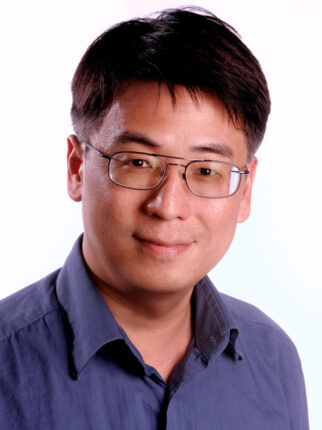
Haw Yang
Research Area:
Contact:
Haw Yang
Professor of Chemistry
[email protected]
Frick Laboratory, 225
609-258-3578
Faculty Assistant:
Yang Group WebsiteResearch Focus
In this experimental physical chemistry laboratory, we are attracted to problems in complex systems. We conceive of new instrumentation concepts and implement them, come up with original experiments and, when needed, develop practical theoretical and computational tools to interpret the new results. These advances allow us to explore new ways of thinking about molecular and chemical dynamics.
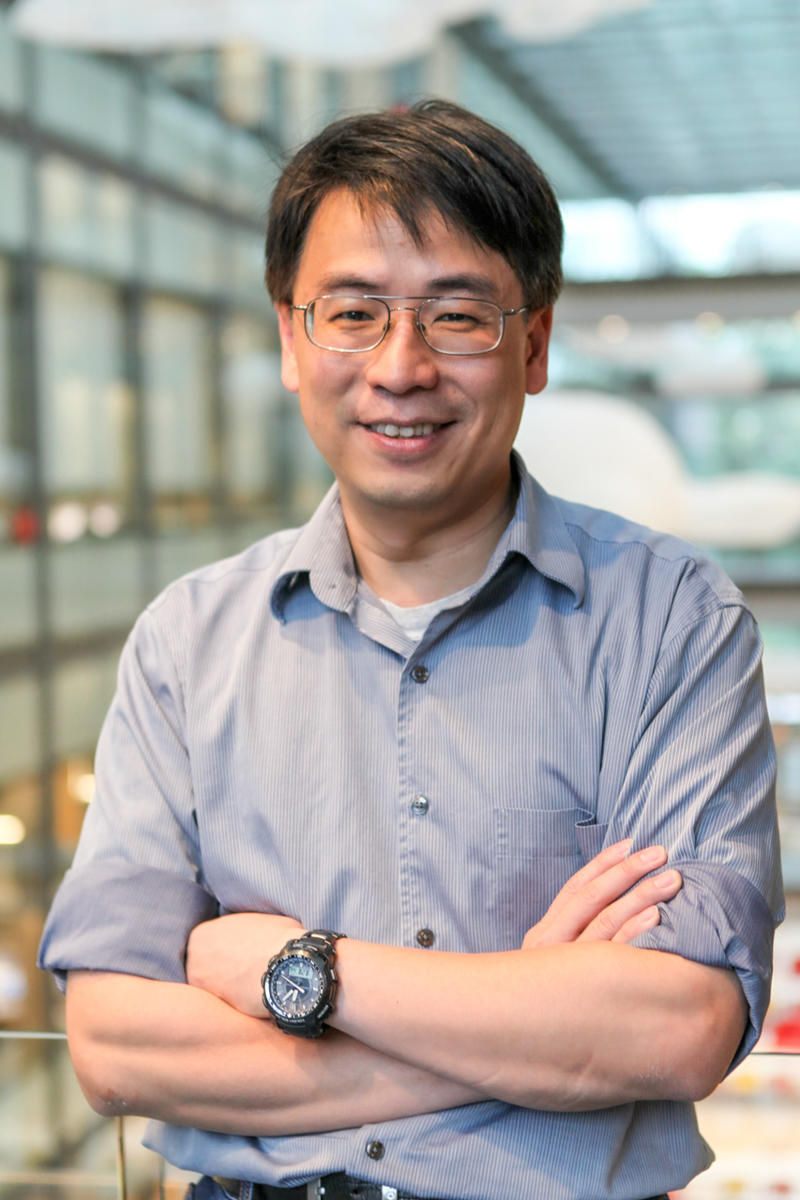
Driving the research: An interesting challenge in experimental physical chemistry is how to interrogate chemical dynamics in complex environments. Here, a complex environment could be the solid-liquid interface of a functioning fuel cell, the interior of a living mammalian cell, the juncture between an invading viral particle and a cell membrane, or a single functioning enzyme and biological complex, for example. These environments share the same characteristics: they are anisotropic and highly heterogeneous both in space and in time, in which the dynamics span several orders of spatiotemporal scales.
Therefore, if quantitative experimental studies could be carried out in them, it would be possible to start addressing the fundamental question that drives our research: To what extent are the chemical dynamics concepts as we understand them applicable in these environments? After all, the current chemical physics paradigm has been established under idealized conditions: isotropic, homogeneous, and primarily resting on a two-body interaction framework—a condition that rarely exists in real life.
Selected Publications
Related News
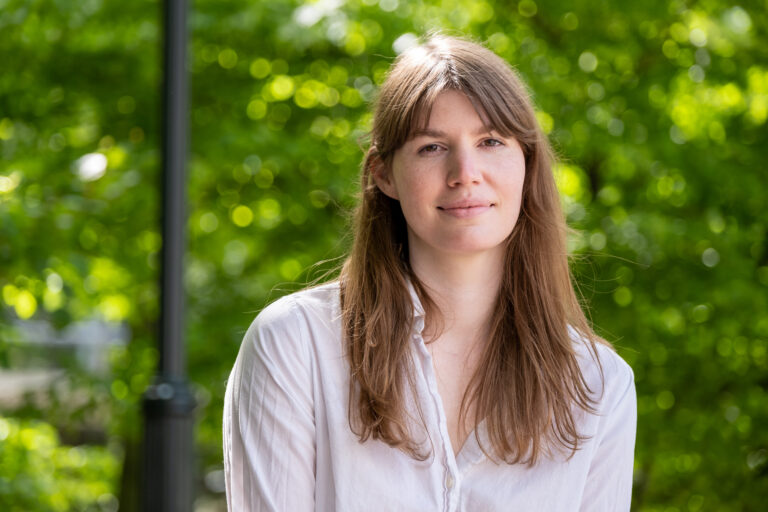
Research Highlights
Research Highlights
DNA Barcoding Advances Programmable Nanoparticle Self-Assembly
Chemical Biology
Spectroscopy / Physical Chemistry
Theoretical Chemistry
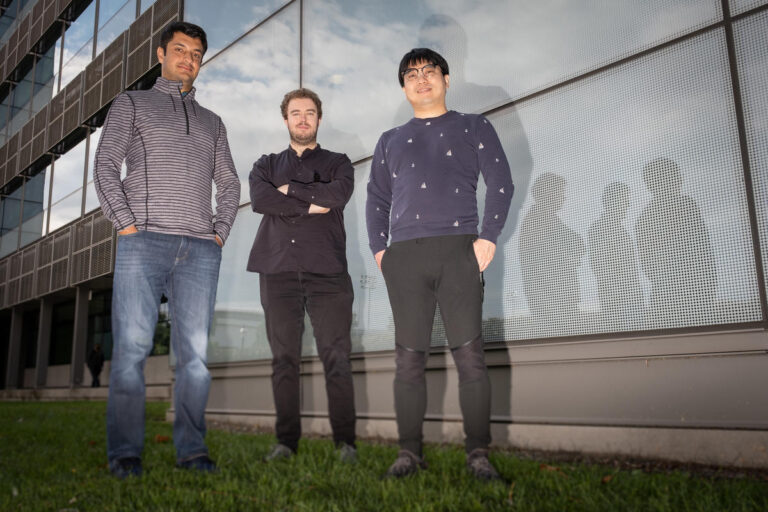
Research Highlights
Research Highlights
YANG ADVANCES SINGLE-MOLECULE TRACKING WITH NOVEL IMAGING METHOD
Chemical Biology
Spectroscopy / Physical Chemistry
Theoretical Chemistry
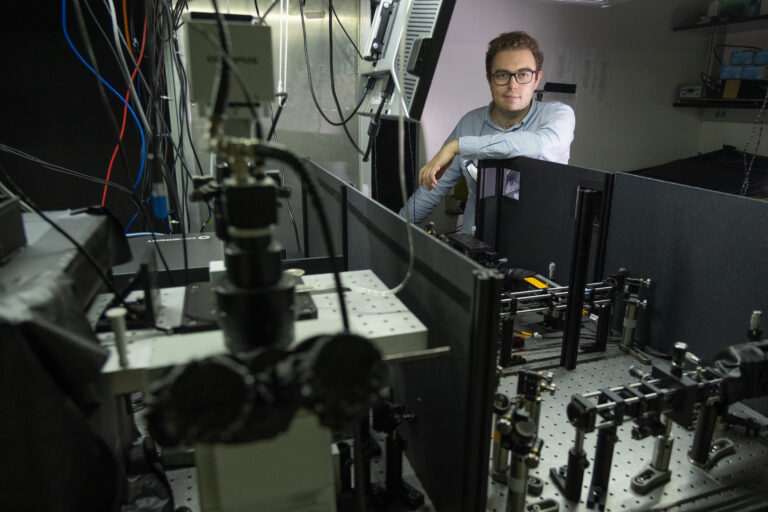
Profiles
Profiles
Postdoc Q&A: Joseph Beckwith
Chemical Biology
Spectroscopy / Physical Chemistry
Theoretical Chemistry
